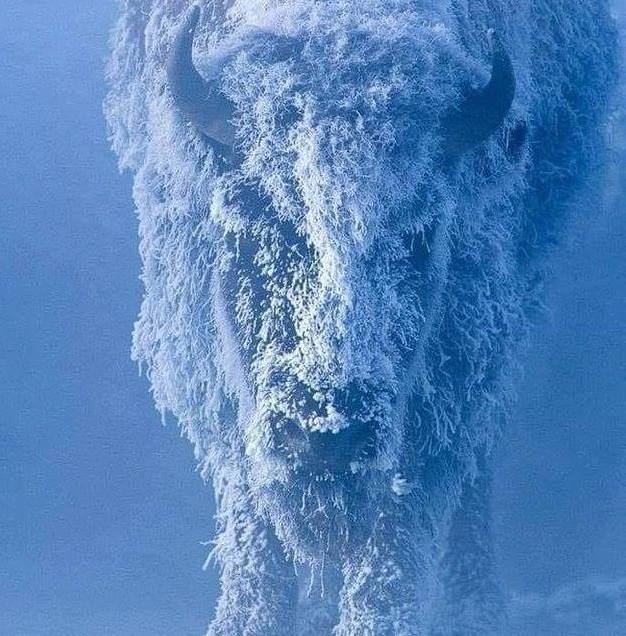Human-Bison Relations as Sites of Settler Colonial Violence and Decolonial Resurgence
DOI:
https://doi.org/10.52537/humanimalia.9500Abstract
The near extinction of bison from the North American prairie in the late 19th century made possible the settler colonization of the region and was a devastating rupture in Indigenous lifeways. Settler and Indigenous responses to this extermination reveal, at their core, differing conceptions of human-animal relations. This article analyzes settler and Indigenous narratives of bison extermination and then compares two contemporary conservation policies: the Vermejo Statement’s (2006) ecological recovery model and the Buffalo Treaty’s (2014) decolonial vision for bison restoration. Reading bison extermination and conservation through Indigenous scholarship clarifies how the historical horror of settler colonization has always been a multispecies endeavor. Through an analysis of historical narratives of bison extermination and contemporary bison restoration policies, this article argues that decolonization and conservation require multispecies approaches that take expansive views of human-animal relations. This is a project to which Indigenous thought contributes essential theoretical and methodological tools.
Downloads

Published
Issue
Section
License

This work is licensed under a Creative Commons Attribution-NonCommercial 4.0 International License.









